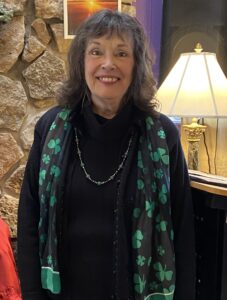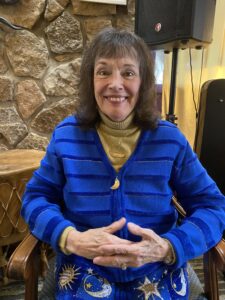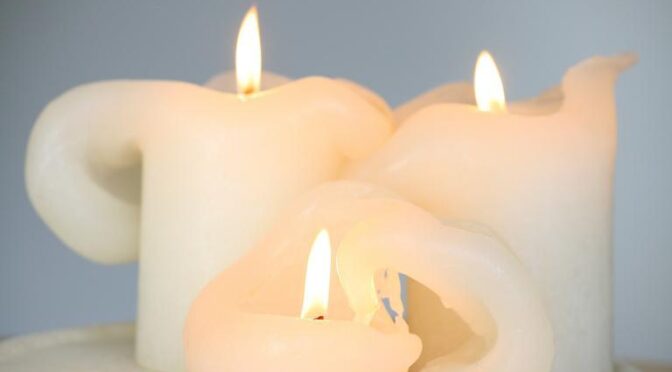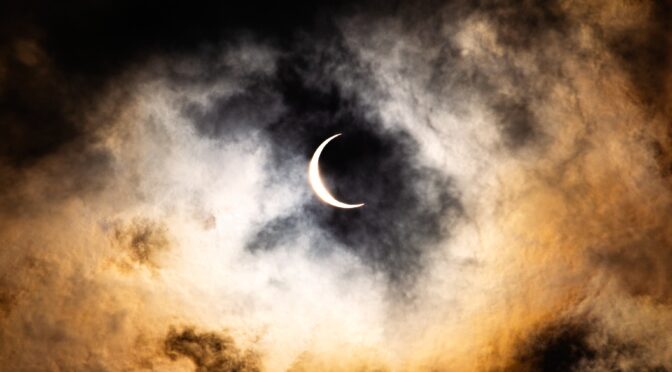Photo by Mona Miri
The trouble with practical jokes is that very often they get elected.
~Will Rogers~
The origin of April Fools is cloudy, like the weather for the month, but the most commonly accepted premise is the problem lies with Pope Gregory XIII and the calendar. The Gregorian calendar is the most widely used calendar around the world. This method of timekeeping was named after Pope Gregory XIII, who introduced it in October of 1582. And like the “spring forward” aspect of Daylight Savings Time, eleven days were lost forever in the transition. When you went to bed on September 2, 1752 you woke up on September 14. That would have been a bad time to plan a vacation.
Although the Gregorian calendar is named after Pope Gregory XIII, it is an adaptation of a calendar designed by Italian doctor, astronomer, and philosopher Luigi Lilio (also known as Aloysius Lilius). He was born around 1510 and died in 1576, six years before his calendar was officially introduced. The Gregorian calendar’s predecessor, the Julian, was replaced because it no longer reflected the actual time it takes the Earth to circle once around the Sun, known as a tropical year. The new calendar was also intended to adjust the date of Easter as the preceding calendar of Julius Caesar had caused Easter to slip from its proximity to March equinox. This is still an issue today as various lunar calendars cause Easter to be celebrated differently with traditional Christians and their Orthodox cousins.
Gregory’s papal bull only had authority in Catholic nations, and European Protestants resisted the change because of its ties to the papacy. Two hundred years passed before most places let go of the Julian calendar, and some locations held out even longer. In the Middle Ages, New Year’s Day was celebrated on March 25 as Lady Day, a feast of the Virgin Mary, until 1752. In some areas of France, New Year’s was a week-long holiday that ended on April 1.
And that brings us to April Fools. Caesar’s calendar reform of 46 BCE made January 1 the beginning of the New Year. It’s speculated that those who clung to the old ways were mocked by those who celebrated on January 1. Those who were called April Fools were country folk who resisted the change. It’s speculated that jokes and hoaxes became ways of tricking those who were seen as old-fashioned, or worse.
Happy April 1, wherever that may actually be in any calendar.





